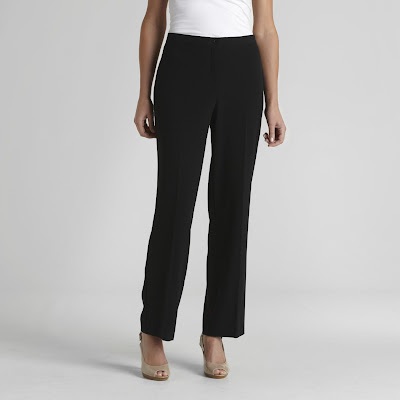Women dress paints Biogarphy
Source(google.com.pk)The Industrial Revolution made the mass production of cosmetics possible although many people continued to make cosmetics at home. However in the 19th century some people disapproved of women wearing makeup and it was often sold under the counter. Meanwhile in the 19th century soap became cheaper and towards the end of the century the middle class began to have bathrooms.
In the 19th century women used lampblack as eye shadow. They also used rouge and at the end of the 19th century painting the lips became common. Meanwhile zinc oxide replaced white lead for whitening the face.
Electrolysis hair removal was invented in 1875. (Laser hair removal was developed in the 1990s).
n the 19th century toothpaste was sold in jars until 1892 when Washington Sheffield invented the collapsible toothpaste tube. Meanwhile in 1888 the first modern deodorant was invented. It was called Mum.
In the 20th century the old puritanical attitude to makeup was forgotten and it was sold openly. With rising living standards women could afford more and more cosmetics.
In 1915 lipstick was first sold in push up sticks in tubes. The new lipstick became common in the 1920s. Mascara was invented in 1913.
Clothing styles and popular apparel fashions are constantly in flux, and the fashion world is continuously inundated with runway innovations and fly-by-night fads. Over the last century, fashion in the Western world in particular has experienced continual upheavals and major changes. From 1900 to 2007, popular fads have included such fashion statements as rear-enhancing bustles, short flapper dresses, wide-leg bell bottoms, and deliberately ripped jeans. These and other major fashion trends make up the fascinating history of twentieth- century women’s clothing.
Haute Couture Era: 1900-1920
Women’s fashion in the early 1900s highlighted the silhouette of the mature, full-figured body. Low busts and curvy hips were flaunted by the dress styles of the era (Pendergast 2004). In the early years of the first decade, skirts were long and full and often contained a small train, similar to what is commonly seen in today’s wedding gowns. However, as the decade drew to a close, skirts gradually grew shorter and began to reveal tantalizing glimpses of the ankle. The overall silhouette of dresses also changed slightly, moving toward a narrower, straighter line.
The early 1900s also marked the flowering of the haute couture movement in Paris. Parisian designers set the fashion tone for the rest of the Western world, and their designs were highly sought after by women of the upper classes. Quite frequently, horse races served as a debut for important new fashions, as well-known designers sent models to attend these races wearing their latest creations (Pendergast 2004).
From 1910 until the start of the First World War in 1914, fashion continued to move toward slimmer, narrower silhouettes that emphasized flat busts and slim hips (Pendergast 2004). Bustles and trains were removed from dresses, as fashion designers played with the length of skirts to reveal enticing new areas of skin. However, as the war began in 1914, attention and materials were drawn away from fashion design, and no significant fashion developments occurred again until peace was declared at the end of 1918.
Women dress paints

Women dress paints

Women dress paints

Women dress paints

Women dress paints

Women dress paints

Women dress paints

Women dress paints

Women dress paints

Women dress paints

Women dress paints
No comments:
Post a Comment